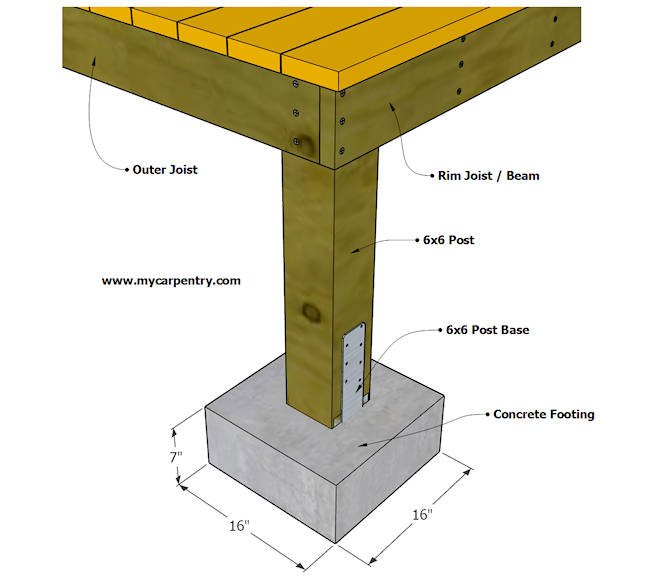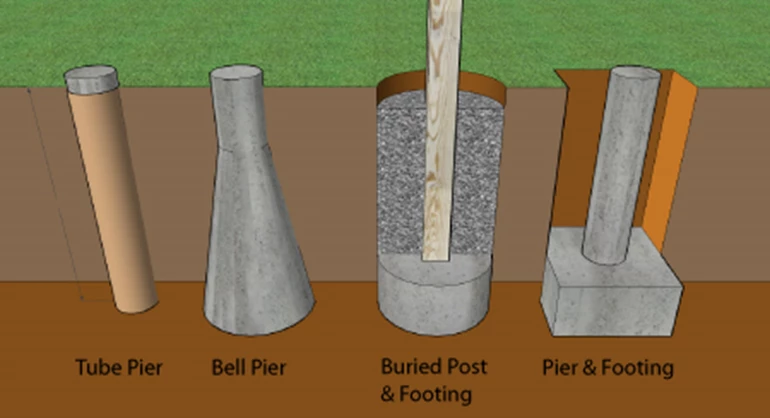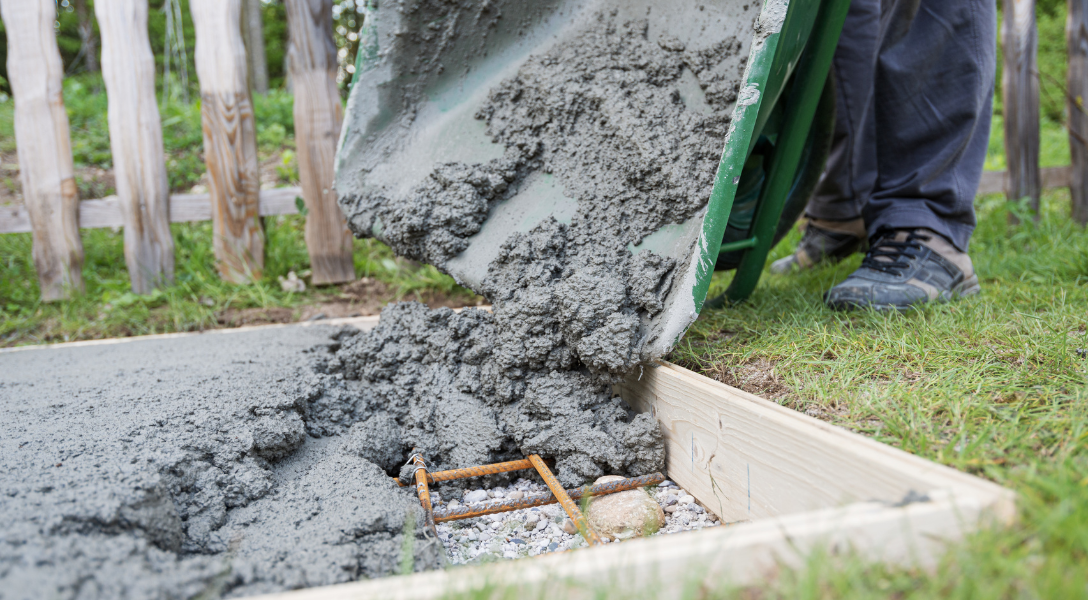Professional Tips for Putting Up Deck Footings to Assistance Your Outdoor Space
When it comes to building a deck, one of the most vital elements to consider is the installation of correct grounds. These footings are the structure upon which your outside space will relax, providing stability and assistance for years to come. What specifically does it take to set up deck grounds properly?
Value of Correct Deck Grounds
Appropriate deck footings are important for ensuring the stability and longevity of your exterior room. When building a deck, it is vital to take notice of the structure on which it will rest. Deck footings provide the essential assistance for the entire framework and aid disperse the weight uniformly - Deck Footings. Without strong and effectively installed footings, your deck may become unpredictable, causing safety and security dangers and costly fixings.

Along with stability, appropriate deck footings also add to the durability of your outdoor area (Deck Footings). Grounds that are made and built to stand up to the elements and dirt conditions in your location will certainly help stop the deck from shifting or working out gradually. By making sure the footings are correctly sized and installed, you can lessen the risk of damages to the deck structure, prolonging its lifespan and lowering the need for pricey repair services or replacements

Choosing the Right Sort Of Grounds
When picking the appropriate sort of grounds for your deck, it is essential to consider elements such as soil conditions, local building regulations, and the overall layout of your outside area. The sort of footing you choose will play a vital duty in making certain the security and long life of your deck.
One common type of ground is the concrete ground. Concrete grounds are suitable for most dirt conditions and offer exceptional support for decks.
In many cases, you may require to use specialized footings, such as heap grounds or deep structures, if you are building a multi-level or big deck. These footings are designed to disperse the weight of the deck over a bigger location, making certain security and stopping sinking or resolving.
Before choosing a sort of ground, it is crucial to seek advice from neighborhood building ordinance and policies to ensure conformity. Furthermore, think about the design and intended usage of your outdoor space. Elements such as the dimension, shape, and load-bearing demands of your deck will affect the type of footing that is most suitable.
Preparing the Ground for Footing Installation
To properly prepare the ground for footing installment, it is necessary to evaluate the dirt problems and take needed steps to ensure security and toughness of the deck. The primary step is to dig deep into the area where the grounds will be mounted. The deepness of the excavation will rely on the frost line in your region and the details demands of the deck style. It is vital to remove any type of vegetation, rocks, or particles from the excavation to ensure a strong structure.
When the location has been excavated, the following step is to compact the dirt. This can be done utilizing a plate compactor or by making use of a hand meddle. Condensing the soil helps to remove any gaps or air pockets, which can lead to resolving and instability in time.
After compacting the dirt, it is essential to lay a layer of gravel or crushed stone at the base of the excavation. This will certainly provide drainage and help to stop water from pooling around the grounds, which can cause disintegration and instability.
Step-by-Step Overview to Installing Deck Footings
After effectively preparing the ground for footing installation, the next step is to begin the procedure of installing deck grounds. This detailed overview will provide you with a clear understanding of how to set up deck grounds for your exterior room.
Identify the location: Beginning by noting the positions of the deck grounds using risks and string. Make sure that the places straighten with the style and layout of your deck.
Dig the holes: Make use of a message opening miner or an auger to dig the holes for the grounds. The depth and diameter of the openings must remain in accordance with neighborhood building ordinance and the particular needs of your deck design.
Level the openings: Utilize a level to guarantee that the openings are dug to the correct deepness and are degree with each various other. (Deck Footings)
Add crushed rock: Location a layer of crushed rock at the base of each hole to boost drain and stop the timber from decaying.
Place the footings: Put the footings into the openings, making sure they are level and plumb. Make use of a level and see this site a determining tape to make sure precision.
Safeguard the footings: Put concrete right into the openings around the grounds, loading them to the top. Use an article level to make sure the footings continue to be degree as the concrete sets.
Permit time for treating: Let the concrete cure according to click this the manufacturer's directions prior to waging the deck building and construction.
Usual Errors to Avoid Throughout Footing Installment
One essential facet to consider during the installation of deck footings is avoiding typical errors that can compromise the security and durability of your exterior space. While deck footings might appear like a simple and simple part of the building and construction procedure, overlooking certain aspects can lead to expensive repairs and prospective security risks down the line.

Additionally, neglecting to set up proper water drainage procedures can cause water to collect around the grounds, bring about rot, degeneration, and the ultimate weakening of the deck's foundation. Moreover, utilizing the wrong kind of footing material or falling short to sufficiently secure the grounds can compromise their architectural stability.
To avoid these mistakes, it is necessary to consult with a specialist or follow industry standards to make certain appropriate ground installation. By doing so, you can guarantee the security and long life of your exterior area, offering a risk-free and delightful setting for several years to find.
Conclusion
To conclude, mounting proper deck grounds is essential for the security and longevity of your exterior space. By selecting the appropriate sort of grounds and adequately preparing the ground, you can make certain a solid foundation for your deck. Following a step-by-step overview and staying look at these guys clear of usual mistakes throughout footing setup will certainly additionally improve the resilience and safety of your deck.
Appropriate deck grounds are important for ensuring the security and long life of your exterior space. The grounds serve as a link in between the deck and the ground, enabling the weight of the deck and its occupants to be distributed uniformly into the dirt.One common type of ground is the concrete footing. Put the grounds: Place the footings right into the openings, making certain they are level and plumb. Protect the grounds: Pour concrete right into the openings around the grounds, loading them to the top.